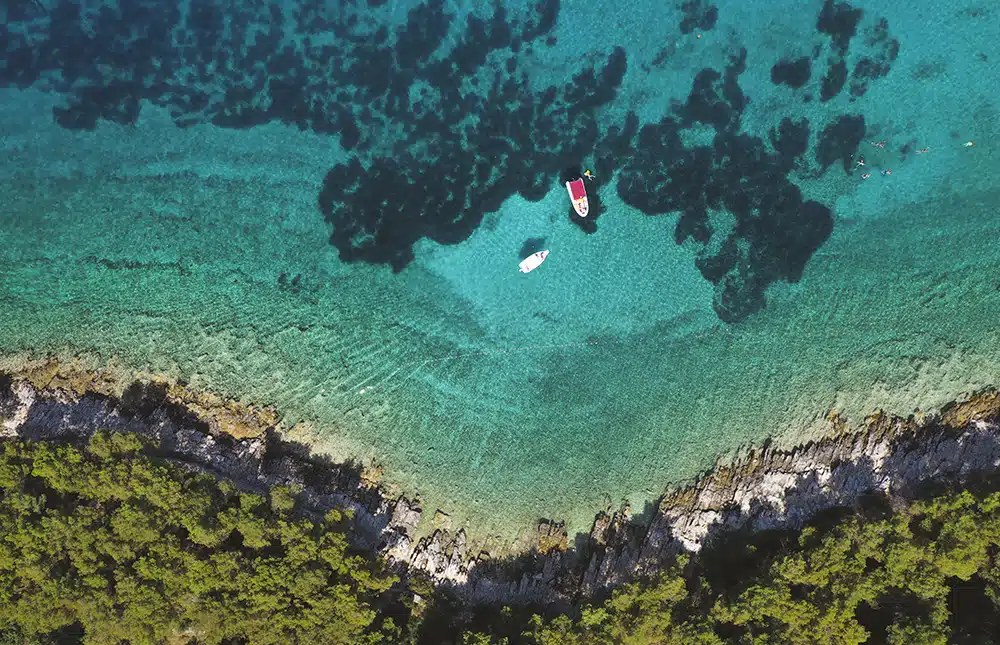Take the time to immerse yourself in the places you visit
If you want to take the time to admire the landscapes, but also soak up the culture, food and traditions of Croatia, then a cruise along the shores of the Adriatic and around the islands is for you. Sylviane de Tracy, research and development director for PONANT cruises, shares her travel highlights.
Explore the island of Hvar by Beetle
The island of Hvar has so many beautiful things to see, and they’re just waiting to be revealed on a Croatian cruise. “An original way to see the island is in an old, refurbished Beetle car,” says Sylviane de Tracy. “It’s a really lovely way to see the little villages and the historic port of Stari Grad.” The best way to soak up the local atmosphere is to stop for a drink on the terrace of a local café in Stari Grad, a town founded in 380 BC, famous for its stone houses and narrow winding cobbled streets. Or you can enjoy a tour of the town of Hvar, whose historic centre and steep narrow streets – a legacy of its Venetian past – are overlooked by a medieval fortress offering a breathtaking view of the town and the sea. The little medieval villages, such as Vrboska with its canals and stone bridges, and Dol, with its medieval churches and traditional stone houses, can also be visited, but take your time! Finally, the lavender fields around Jelsa or the famous vineyards of Hvar are great for relaxing walks.
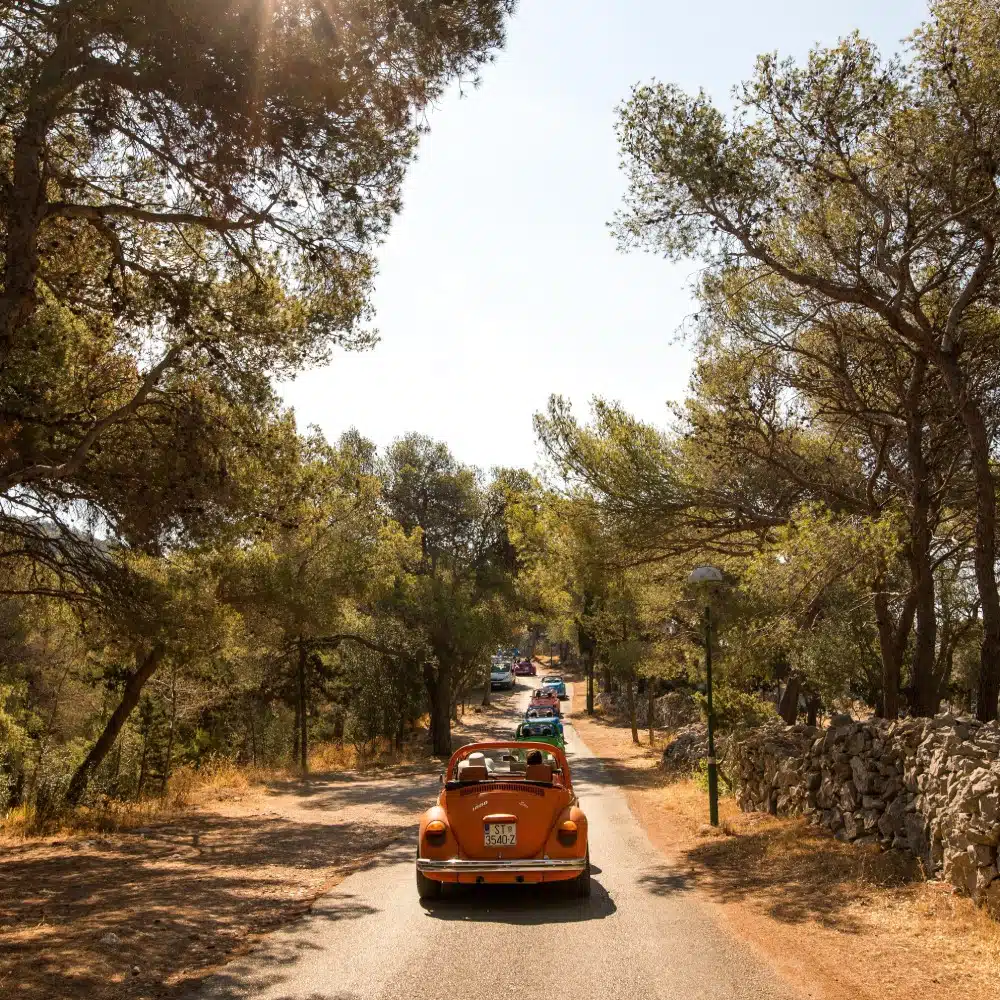
Crossing the threshold of the mansions of the Gods and Emperors
Venetians, Romans, Byzantines, and Ottomans have all left their mark on the Croatian architectural landscape. So, keep your eyes peeled and stop to admire the architectural eclecticism of Croatia. Dubrovnik and Split are listed as UNESCO World Heritage sites, particularly for their wealth of remarkable buildings. In the capital, you can visit the Rector’s Palace, the cathedral and Stradun or Placa, the city’s main street. In Split, the Temple of Jupiter, Diocletian’s Palace, and the cathedral deserve to be studied at your leisure. With its similarity to Venice and colourful facades, the authentic city of Rovinj, known as the “Pearl of Istria,” is also worth a visit, especially to enjoy the splendid panoramic view from the top of the campanile of St. Euphemia Church. “The architecture of Croatia is very well preserved,” says Sylviane de Tracy. “The Croatians took great care when restoring towns, villages and ports to preserve the original architecture, there are no big advertising hoardings to disfigure the sites.“
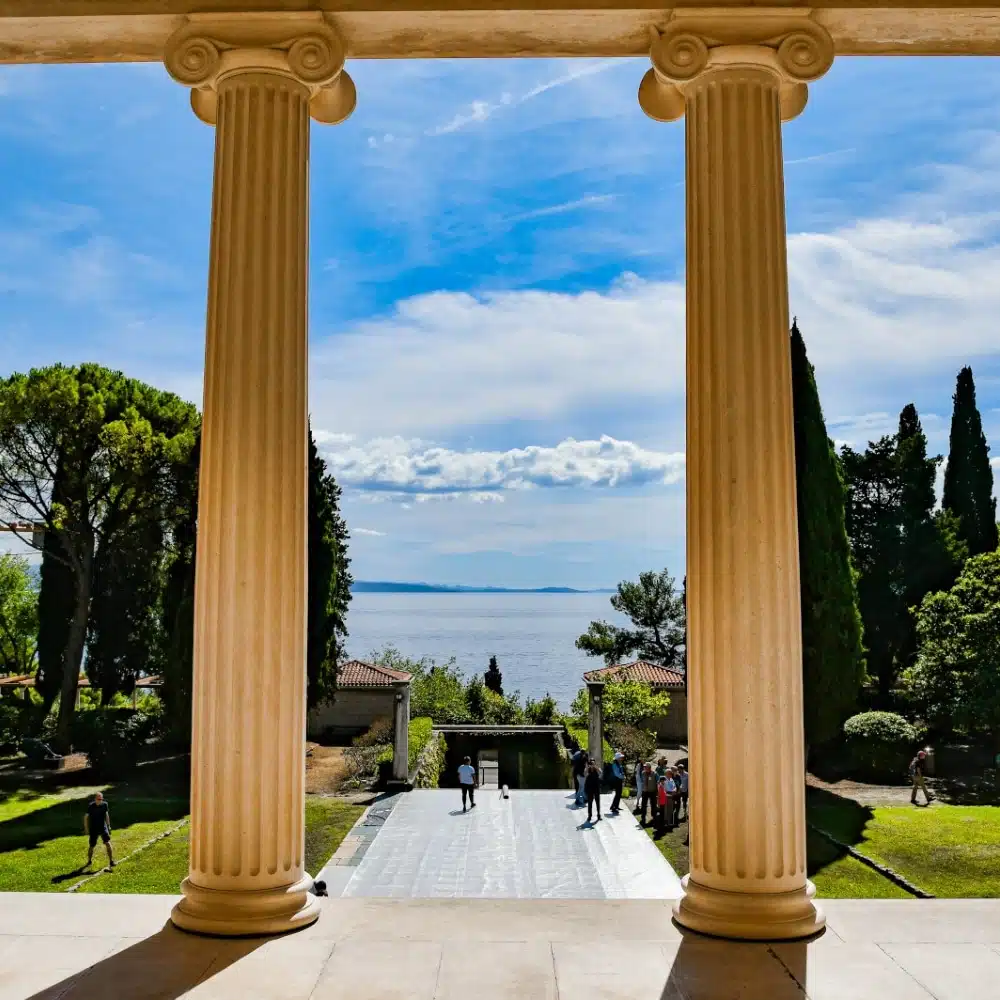
Trekking to idyllic waterfalls
There’s nothing like walking to take back control of your time… The Krka National Park is a paradise for anyone who wants to reconnect with nature. Travelling to the falls along one of the educational trails offers an opportunity to learn about the animals, plants, and geology of the area, to see the historic watermills, and to admire the waterfalls from different viewpoints. Lookout points also offer a wonderful feast for the eyes. “The park is always very popular, especially because of the waterfalls that provide coolness on hot days,” explains our expert. Swimming has been banned at the Skradinski Buk waterfalls since 2021 for ecological reasons, but you can swim at Roski Slap.”
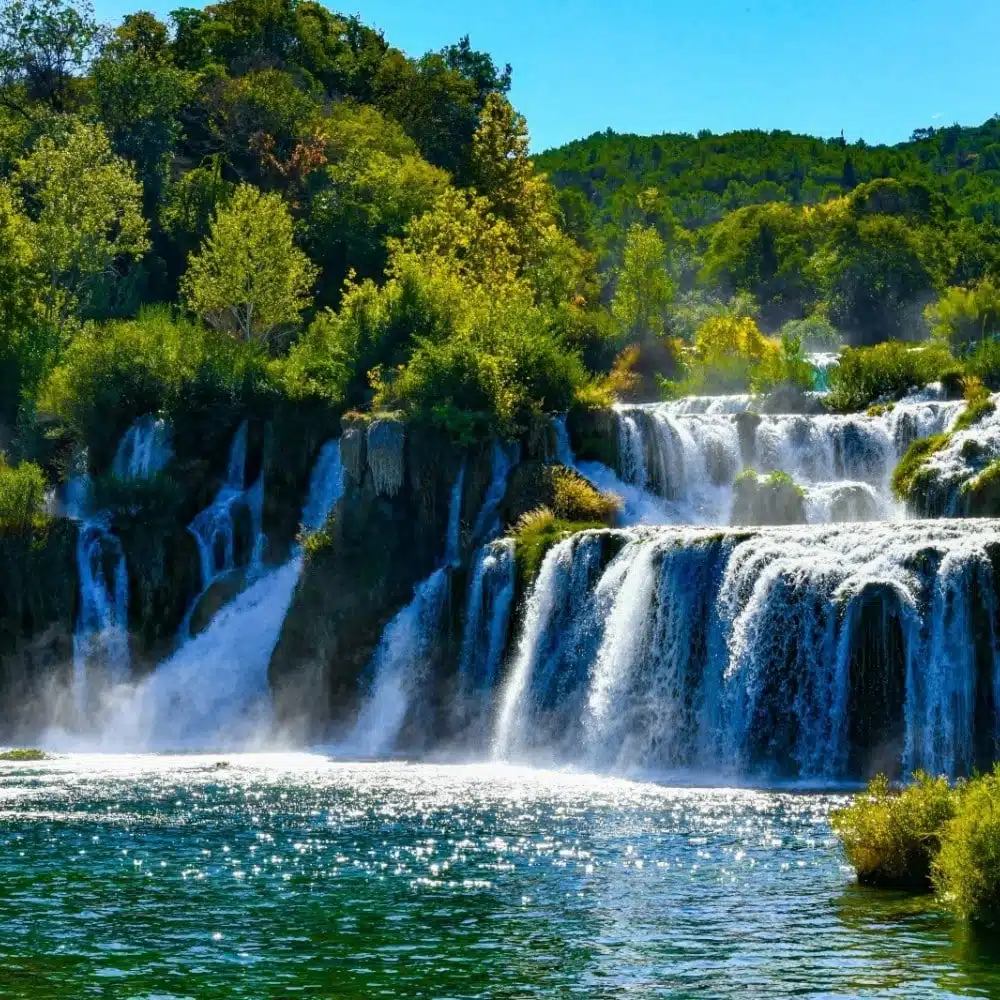
Enjoying delicious local food at the table of a konoba
Taking the time to learn about the local cuisine, enjoying regional (and seasonal) dishes, is also about taking the time to discover a culture. “You have to try Croatian cuisine, because it’s very refined, combining tradition, local products and culinary imagination,” recommends Sylviane de Tracy. “It is also a country with a famous wine-making tradition.” Enjoying a meal in a konoba, a typical local restaurant, is one of those experiences you simply must try. They usually serve brudet, a stew of fish cooked in white wine, or, more simply, octopus salads and a wide variety of grilled fish (sea bass, mackerel, sea bream…). Carnivores are sure to enjoy peka, one of the country’s traditional dishes, composed of lamb and vegetables cooked under a cast iron lid covered with embers. For a quick snack, the čevapi are perfect: these spicy meatballs are served on pita bread with sauce and onions. Croatia also boasts high-quality local products such as cheeses, truffles, honey, and olive oil (produced mainly in Dalmatia). Finally, the quality and variety of Croatian wine is widely appreciated beyond its borders, with the most famous varieties being the full-bodied red wine plavac mali, mainly produced on the island of Hvar; the fruitier babic, a red wine from Dalmatia; or the fresh and fruity malvazija white wine from Istria.
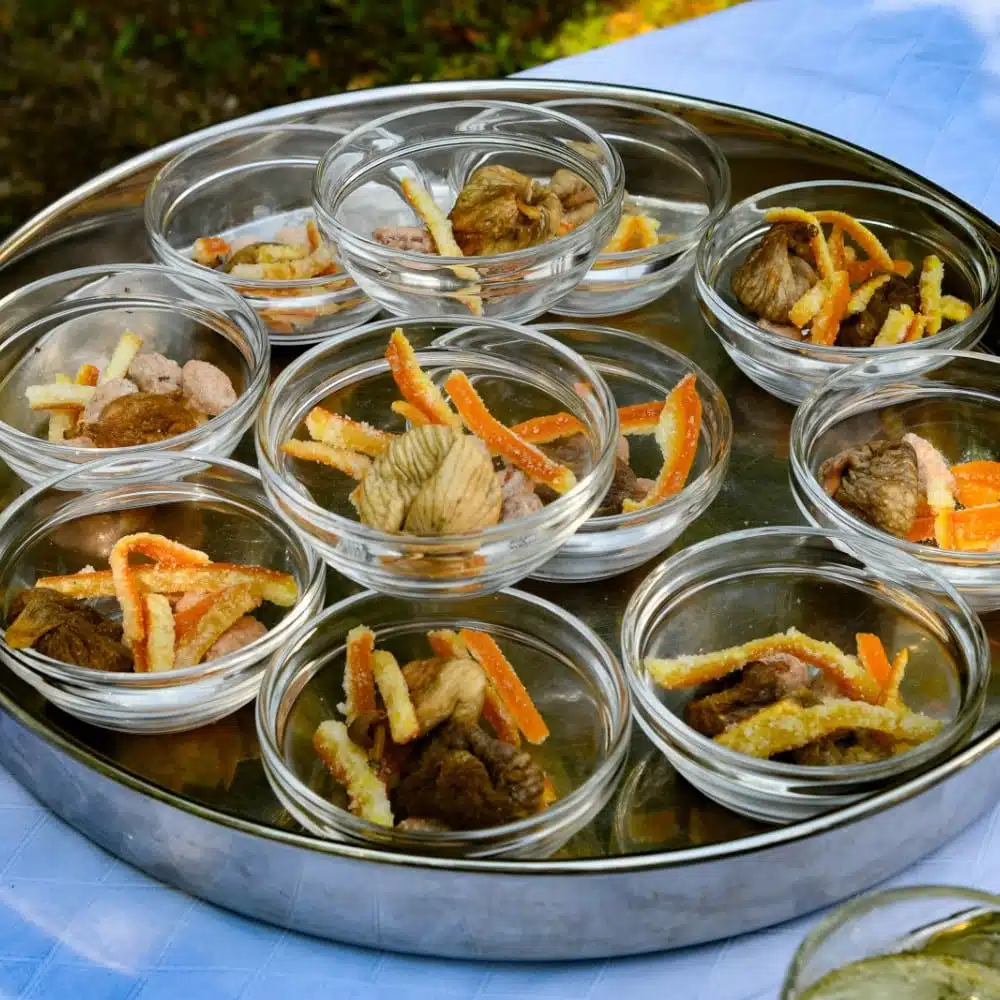
Photos credits : ©Studio PONANT/ Laurence Fischer / Adrien Morlent / Romain Farge / Emmy Apoux

PONANT takes you there
Awaken your senses on a cruise with PONANT

